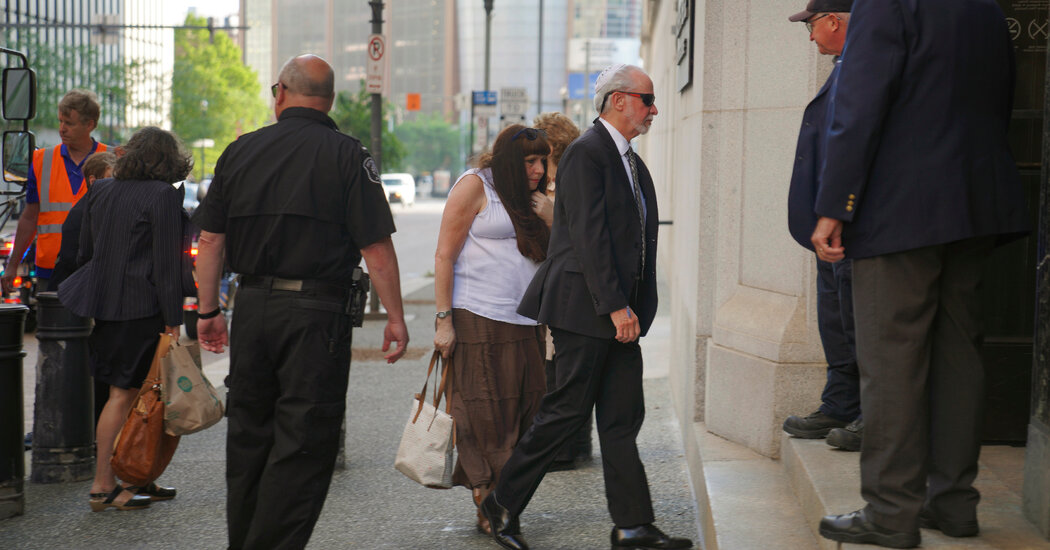The Books That Explain California
Although I grew up in California, my assigned reading in school didn’t offer much of a Golden State-specific education.
The only books I remember that were connected to California were the children’s novel “Island of the Blue Dolphins,” based on the life of a Native American girl who became stranded on one of the Channel Islands, and two of John Steinbeck’s classics, “Of Mice and Men” and “The Grapes of Wrath.”
My true California education has come from working as a reporter here, and from making my own way through fiction and nonfiction about our vast and complex state. (I just finished “The Library Book,” by Susan Orlean, which offers a compelling history of the Los Angeles Public Library and libraries in general.)
Today I’m introducing what I’m calling the California Reading List, a project of this newsletter that’s intended for everyone who’s looking for their next great book about California.
Readers have sent in hundreds of wonderful recommendations for the list, and I’ve been sorting through them (and requesting them from the library).
We’re starting the list with the 10 works suggested most often by readers. Among them are:
-
Wallace Stegner’s novel “Angle of Repose,” which won the Pulitzer Prize for fiction in 1972.
-
“The Octopus,” by Frank Norris (1901), the story of a conflict between California wheat growers and a railway company.
-
“The Dreamt Land,” from 2019, a deeply reported account by the journalist Mark Arax of California’s complicated relationship with its most precious resource: water.
-
“Tales of the City,” by Armistead Maupin, a 1978 novel (the first in a series of nine books) that The New York Times has called a “love letter to San Francisco.”
-
“The Grapes of Wrath,” which was published in 1939 and, as many high schoolers know, follows a Depression-era family of Oklahoma farmers hoping to find a better life in California.
In the coming months, I’ll keep adding to the list, so feel free to email me at [email protected] with your choices and why you think they deserve to be included.
Here are the other five books that made the first cut, along with some of what you shared about them, lightly edited:
“Miracle Country,” by Kendra Atleework (2020)
“This memoir is impossible to pigeonhole. It is part coming-of-age story with heartbreaking family tragedies; it presents the troubling history of the Eastern Sierra, from the exploitation of Native Americans to the theft of precious water rights by an engineer whose work was crucial to the growth of Los Angeles. Kendra brings this beautiful part of California to life with expressive prose and spot on descriptive passages. I read her book after camping for two weeks along Route 395, and she showed me what I missed and primed me to return.” — Gary Moffat, Auburn
“Assembling California,” by John McPhee (1993)
“It’s a must to understand why California is the way it is — geographically, historically, culturally and socially. Perhaps especially for an Easterner, this book is an eye-opener, both to the past and to the future of this great state.” — Julia Sadtler, Philadelphia
“Mecca,” by Susan Straight (2022)
“I learned so much about the experience of immigrants and Mexican Americans in Southern California from this excellent book. It really exposed the hardships they face in everyday life trying to assimilate and survive.” — Joy Every, Oakland
“Season of the Witch,” by David Talbot (2012)
“I am a third-generation San Franciscan, and this is my forever book suggestion for friends from the city or new to it. It captures the soul of San Francisco and California while informing the reader of the intense history of the area from the ’60s, ’70s and ’80s. It shines light on politics, social issues and the impact our state had on pop culture.” — Katie Vestal, San Francisco
“Two Years Before The Mast,” by Richard Henry Dana Jr. (1840)
“An extraordinary telling of a young Bostonian’s journey as a sailor on a ship bound for California in the late 1830s. The ship was carrying food, goods to barter and finished shoes made from cowhides harvested from California ranchos.
“His descriptions of the early California coastline, with stops at San Diego Bay; Los Angeles (at the time, 30 miles inland, where the sailors picked up cowhides heaved over the cliffs by the locals); Monterey Bay; and San Francisco Bay, among other places, gives a glimpse into the rustic paradise our Golden State once was. In an afterword, Dana returns to a vividly and incredibly changed San Francisco. It’s a heck of a tale and a very worthy read.” — Ann Segerstrom, Sonora


